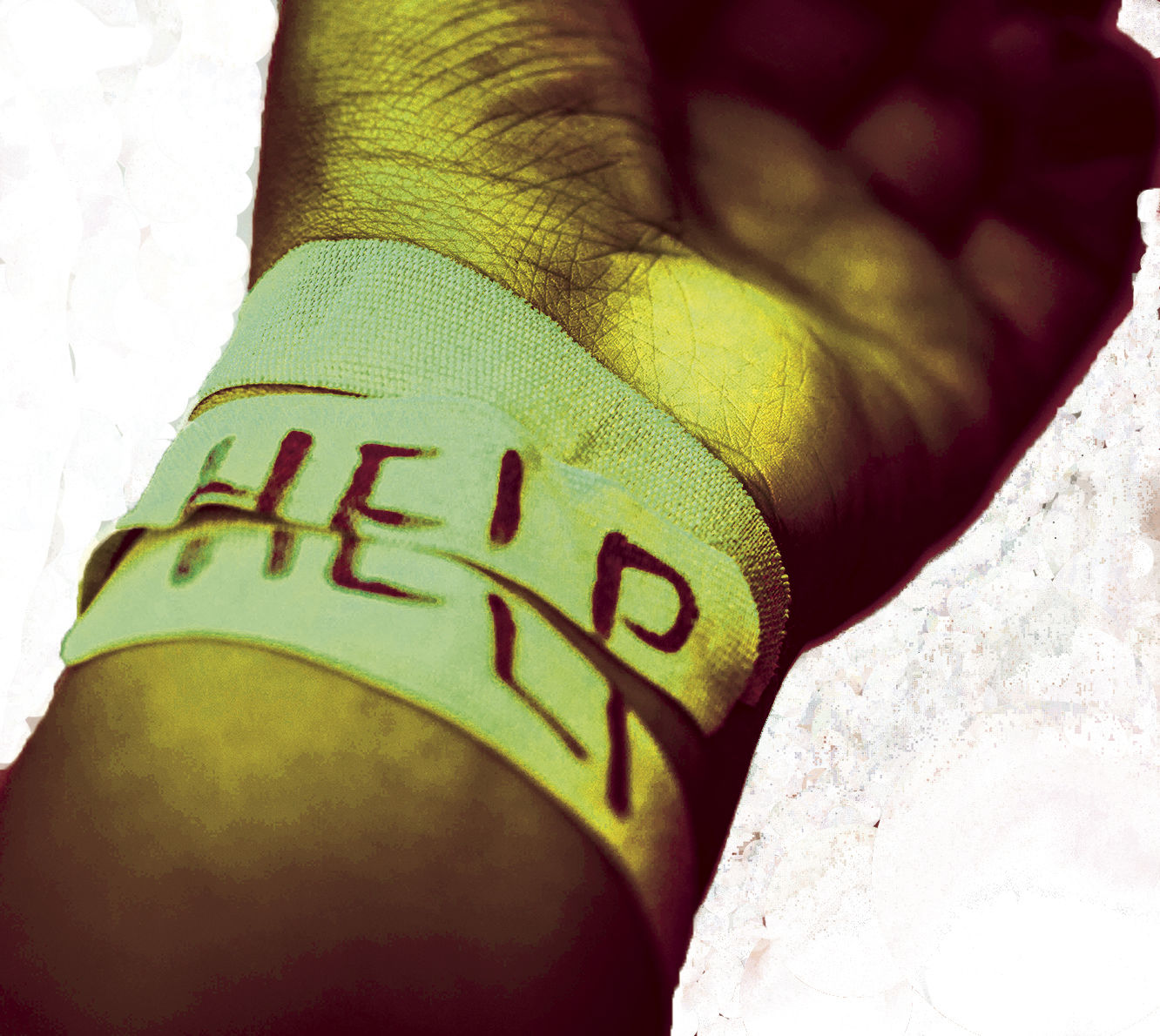Help Is A Phone Call Away
Carbon and Emery counties have the highest rate of suicide in the state.
On Friday, Feb. 2 a 32-year-old male committed suicide in Helper. The Sun Advocate wants to protect the family from undo scrutiny, but it’s important to the subject to know that when this happens to a family it’s not a statistic, it’s a tragedy.
While little is known about the situation, the victim was known to suffer from depression.
According to the state website, Carbon and Emery counties had significantly higher suicide rates among people ages 10 and over compared to the state rate during 2013-2015.
In 2017 there were 17 suicides in Carbon and Emery counties, according to Debbie Marvidakis, Health Promotions Director for the Southeast Utah Health Center.
In order to combat that, Carbon and Emery counties were approved for a grant from the National Strategy of Suicide Prevention.
The grant was provided to two entities in the state, Carbon and Emery counties, and Salt Lake County. The local program is being implemented by Cacilia Jensen.
The problem, Jensen told Price City Council at a meeting last week, is that there has been crisis intervention, but there had previously been no funding to perform follow-up visits with people in need.
Now there is, Jensen said.
Her job is to work with crisis resources to provide follow-up help to people who find themselves thinking about suicide. She will work with people at the 911 call center, as well as with the hospital, doctors, and mental health providers, to identify people suseptible to suicide and provide them with the available care.
In 2015, suicide was the leading cause of death for Utahns ages 10 to 17.
It is the second leading cause of death for ages 18 to 24 and 25 to 44 and the fourth-leading cause of death for ages 45-64. Overall, suicide is the seventh-leading cause of death for all Utahns ages 10 and over.
It’s not only a problem, Jensen said, it’s a tragedy.
An average of 557 Utahns die from suicide and 4,543 Utahns attempt suicide every year. Two Utahns die as a result of suicide every day and 12 Utahns are treated for suicide attempts every day. In 2016, there were 638 suicides in Utah. The numbers for 2017, although not yet tallied, are bound to the highest ever.
Suicide is a complex public health issue where victims may be blamed and family members stigmatized. Consequently, suicide is not openly discussed, making it difficult to collect meaningful data that is vital to suicide prevention efforts.
Marvikakis explains the issue of opioid use also confuses the conversation. Some opioid deaths may or may not be suicides. Some automobile deaths are suspect. No one knows. The statistics may be higher than reported. Marvidakis suggests they are signficantly higher.
This is the type of situation where Jensen believes she can make a difference. She can be reached at 637-7200, ext. 310.

